|
By Alison Goldberger When I wanted to learn how to make salami I knew travelling to Italy was the only way to do it, so I booked onto the Advanced Salumi Course in Tuscany with Sapori & Saperi Adventures. The course was incredible, and I learned so much. I was also so impressed by Erica and her company that I asked her if we could collaborate. I’m a Scottish journalist and organic pig farmer but have lived and worked in Austria since 2015. Now I assist Erica with social media and online marketing. I absolutely love telling people about my time on her course and now I am excited to share with you why I think travelling with a local expert in 2022 (and beyond) can only enhance your holiday experience! Eat in incredible restaurants...and in private homes One of the most wonderful experiences I had was to dine in restaurants uncovered by Erica after years of eating and living in Tuscany. You can be guaranteed you’re not just eating in the restaurant all the other tourists found online! We were treated to dinner at Il Vecchio Mulino, where Andrea brought out course after course of exquisite local food. Many of Erica’s courses and tours also include meals in private homes. In Capezzano I was welcomed into Gabriella’s home where I ate the best seafood I’ve ever had. The freshest seafood cooked to perfection and an extremely warm welcome – it was an unforgettable experience. Learn how to make prosciutto as the artisans do Do you have a passion for prosciutto like I do? It’s unlikely you can just stroll up to any producer and they’ll tell you how it’s done. But when you travel with a local you certainly can, and they are happy to answer all your questions. When learning all about salumi in Tuscany I visited numerous artisans and gleaned the knowledge they’ve garnered over a lifetime. On these tours you’re also supporting these very small businesses, creating wonderful slow food with a passion you’re unlikely to find in large-scale producers. What’s more, you get to taste their incredible products! Savour products from small-scale producers You want to visit a local organic olive oil producer, or have always wondered how chestnut flour is produced, or perhaps gelato is more your thing? These were all requests during my course and every one was fulfilled! I took home a bag of chestnut flour after seeing how chestnuts are dried and milled. I sampled the best pistachio gelato at Cremeria Opera in Lucca and bought the tastiest new-season olive oil from Claudio Orsi of Alle Camelie. Erica has built up so many contacts across the region and she is happy to help visitors find what they’re looking for.
Erica drove us during our course so she was always on hand to answer questions and give us explanations about what we were seeing as we travelled. It was information born from a passion for Tuscany and gave us a wonderful insight into the history of the region as well as what it’s really like to live there. This is a feature of all tours and courses from Sapori & Saperi. For instance, on the Tastes & Textiles tours participants learn all about Lucca’s rich tradition of producing textiles. Meeting local craftspeople provides a wealth of knowledge you couldn’t get elsewhere! Did someone mention gelato I know one of my first thoughts when I think of Italy is gelato. We were taken for a quick pit-stop to sample some delicious gelato. It was actually in the Cremeria used for the Art & Science of Gelato course run by Sapori & Saperi. During that course participants immerse themselves in the icy world of Mirko Tognetti of Cremeria Opera Naturali per Gusto, Lucca. They learn his secrets and the science behind gelato and how to create their own flavours. Sounds like an absolute dream to me!
If you landed here by chance and would like to be notified of future posts, you can sign up here. If you’d like periodic news about our tours and courses, sign up here. This blog was originally published on Slow Travel Tours on 20 January, 2019.
0 Comments
Butter isn’t an ingredient you’ll find in traditional Tuscan cuisine. The people north of the Apennine Mountains have cows, and they make butter. In Tuscany we have sheep. Their milk is used to produce pecorino cheese (the word for sheep is ‘pecora’ and the cheese made from their milk is ‘pecorino’).
In the Garfagnana we have a native all-purpose cow good for a bit of both milk and meat, which since the diffusion of modern specialised breeds and until very recently was considered good for nothing and nearly died out completely.
Families made a little butter which they used primarily in sweet dishes. In a local cookbook compiled by a woman of Lucca, out of 179 savoury recipes only four call for butter, three contain béchamel sauce and one is the recipe of a chef who had emigrated to New York. On the other hand, almost every single one contains extra-virgin olive oil. Out of 33 desserts, 23 use butter, mostly in the pasta frolla crust of pies.
Occasionally you come across a cow family, like the Nesti of Melo (Cutigliano) into which Daniela Pagliai married. (Women rarely take their husband’s surnames, although the children bear their father’s name.) Daniela had been her father’s shepherd since she was nine and in charge of making pecorino from the age of 14. When she married, she had to change gears. She now makes several types of cow’s milk cheese, yoghurt, gelato and butter. For more about Daniela, see my blog post: Like the Seasons: the Life of a Cheesemaker.
When I take my guests to her, I always buy some butter. It conforms to two of my rules when buying food: very few ingredients and nothing I can’t understand. Andrew Wilder of Unprocessed October calls it the Kitchen Test. Daniela’s butter contains one ingredient: panna, cream.
When I first started visiting her, butter was such a minor product that she didn’t even have a special label for it. She sold it in a ricotta wrapper. Now there’s not only a label, but also an informative essay.
Daniela says: ‘Completely natural artisan production. Its distinctiveness is that during the summer the cows graze in alpine pastures producing milk rich in betacarotene, whose colour transfers to the butter making it yellow. In winter, the feed is based on hay [not silage] and the butter is paler.’
They say that variety is the spice of life, and it’s often these tiny details that distinguish the truly artisan product from a standardised industrial one. Of course, nothing beats visiting the producer and checking their claims for yourself. If you landed here by chance and would like to be notified of future posts, you can sign up here. If you’d like periodic news about our tours and courses, sign up here. This blog was originally published on Slow Travel Tours on 25 September, 2016. If you’ve been to the mountains of Italy, I bet you’ve asked this question yourself. You’re probably in a car on a road hugging a river and you’re craning your neck to look up at a terracotta-roofed village improbably balanced on an inaccessible ridge. To find the answer you have to abandon your car, get into your time-machine, key in ‘Middle Ages’ and click GO. With no discomfort on the way, you find yourself on a broad cobbled road nearly at the crest of the ridge looking down at that very spot in the valley you just vacated. You see the river running swiftly in the shadow of sheer rock walls that not even a mountain goat could scamper across. Your car is nowhere to be seen, because the road won’t be cut through the rock for several centuries. Your eyes follow the river to the left where it emerges from the gorge, still in the shade at noon, and disappears into a thicket of dense scrub on a river plain that floods in winter. You walk next to your mule laden with your jeans, T-shirts and iPad and in five minutes emerge into full sunshine at the ospedale next to the church in the village, where you are welcomed by a monk and offered a meal. As you tuck into your succulent boiled salt pork ribs, a large bowl of tasty chestnut-flour polenta and a skin of wine, you’re cooled by a soft mountain breeze that ripples through the golden farro in small terraced fields. A couple of enormous black pigs with pink belts around their middles wallow in a puddle formed by the spring that issues from higher up the mountain and provides clean cold drinking and washing water for the village. It must have been hard work creating the terraces, but the place is swarming with strapping young sons who look as if they’ve been down the gym pumping iron all morning, and it’s obvious time isn’t in short supply either. After lunch you’re not allowed to depart before having a snooze on a bed of hay in the inn, air-conditioned by the thick stone walls. Although you’ve signed up for a slow travel tour, you still have to get to the next village by evening. A shepherd setting out with his flock offers to accompany you and show you the way, not that you need help to follow the broad, well-maintained mule track bordered by dry-stone walls. He’s been visiting his sister who married one of the men in this village, and his aunt and uncle live here too. There are many family connections between adjacent villages on this slope and those just over the top behind the village. It’s all so convenient living right on the main mule track; nothing is much more than an hour’s walk away. As you amble along, he tells you that the village you’re heading for lies just below a fort, part of the Republic of Lucca’s line of defense against the warmongering Florentine Republic. The ridge serves as an ideal lookout point, but the garrisoned troops are always drunk, and he’s sure those sheep that went missing provided Sunday lunch for the officers. Besides, he lowers his voice conspiratorially, he and a couple of other shepherds, who know the tops of the mountains like the eagles, had a good trade in contraband chestnut flour and firewood with the Florentine citizens just over the border. All at an end now, of course. After about 50 minutes, at a fork in the road, the shepherd bids you farewell as he continues up to his house in the summer pasture half an hour away and you saunter down the slope to the village bar just in time for a gin and tonic and a pizza margherita. Oops! You must have accidentally hit the ESC key on the time machine. You can tell because they didn’t have tomatoes in mediaeval times, and there are those telltale electric fairy-lights in the bar garden. Oh well, now that you’re back, let’s do the return trip as a 21st-century hiker. The mule track, being inaccessible even by a Fiat Panda 4×4, has become overgrown, many of the cobbles have washed out and in places no trace is left. No matter. You shoulder your rucksack and set off down the tarmac road to the valley bottom, which takes 45 minutes. Turn left and walk along the state highway cut into the sides of the valley or raised above the boggy valley bottom. The sun finally got here at about 12.30 pm, the tarmac is still blazing hot and there’s no cooling mountain breeze down here. An hour later you arrive at a village in the valley bottom, built mostly since the 1950s to be near the factories that exploit the river water. Turn left and for another hour and a quarter climb steadily following the interminable switchbacks of the car road, built in the late ‘50s, to arrive after a grand total of 3 hours back where you had lunch. QED. Where did that mule go? If you landed here by chance and would like to be notified of future posts, you can sign up here.
If you’d like periodic news about our tours and courses, sign up here. This blog was originally published on Slow Travel Tours on 7 March, 2011. The guests on our inaugural Giants of Sardinia tour excelled themselves with a little help from our stellar food producers. They scampered to the top of the megalithic nuraghe Barumini. They picked and brined olives with Davide Orro and his mother Angelica. They manipulated with dexterity the dough for Oristano wedding bread with Davide’s sister Ester. It was no problem at all tasting the rest of Davide’s superb wines with seductive labels designed by his other sister Maura. They learned the proper way to make Italian risotto with Marcello Stara’s rice under the tutelage of his friend Rossella. With butcher Paolo Lilliu they overcame the difficulties of stuffing Sardinian sausages… …and ate them barbecued for lunch. Even if their Casizolu, a Slow Food caciocavallo-type cheese, wasn’t quite perfect, it was lots of fun modelling the curd. It seemed that making stuffed pasta culurgiones was going to defeat them, but practice makes perfect and success was theirs in the end. I’m glad we didn’t have to do battle with the Bronze Age nuragic giants at Cabras. But I bet our guests would have succeeded in making a peace treaty, and the giants would have joined us for a blow-out feast at our agriturismo L’Orto! Come on one of our small group tours so you too can glow with achievement and join our guests’ hall of fame. Choose your tour now: http://www.sapori-e-saperi.com/small-group-tours.html
If you landed here by chance and would like to be notified of future posts, you can sign up here. If you’d like periodic news about our tours and courses, sign up here. This blog was originally published on Slow Travel Tours on 11 November 2018. |
Email Subscription
Click to subscribe to this blog and receive notifications of new posts by email. AuthorErica Jarman Categories
All
Archives
October 2023
|
|
copyright 2017 sapori-e-saperi.com | all rights reserved
|
Website by Reata Strickland Design

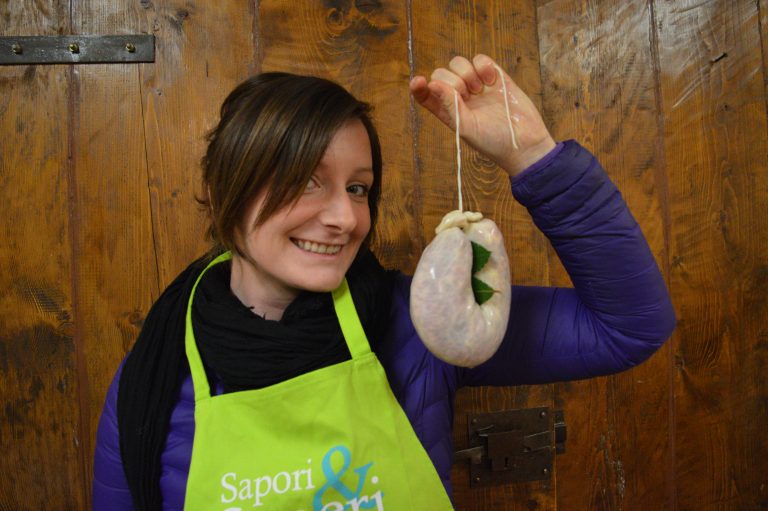
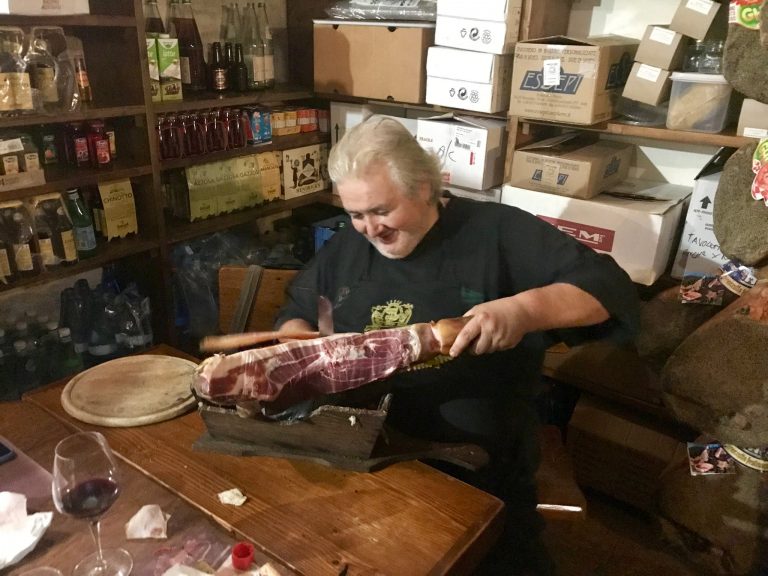
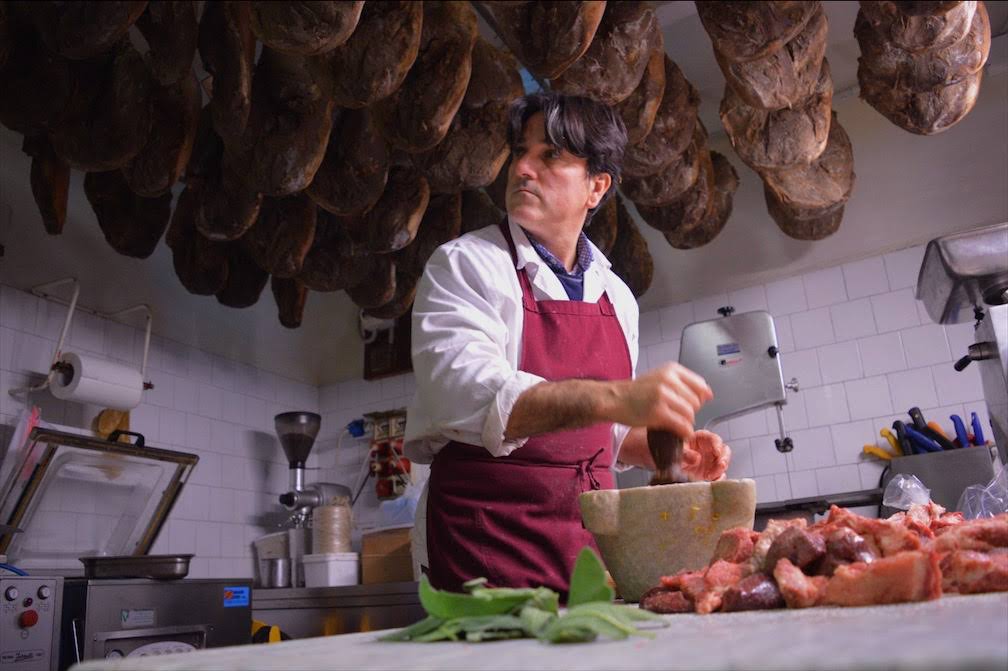
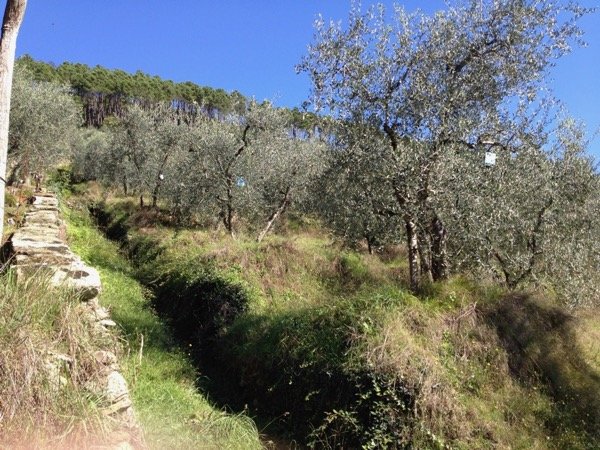
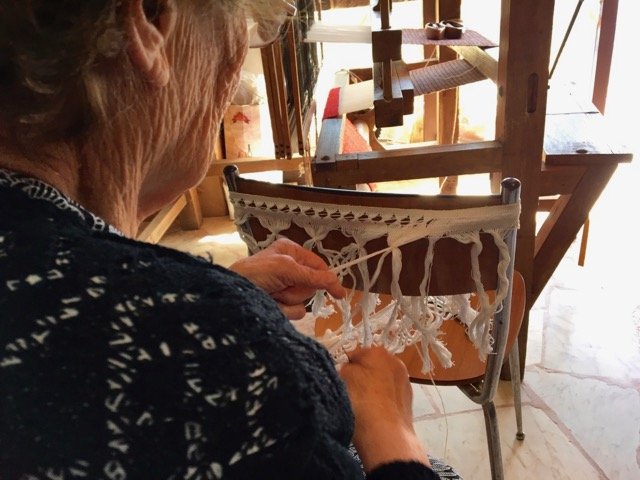
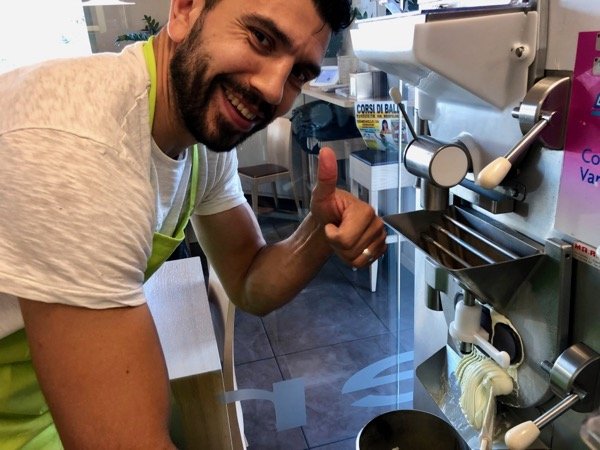
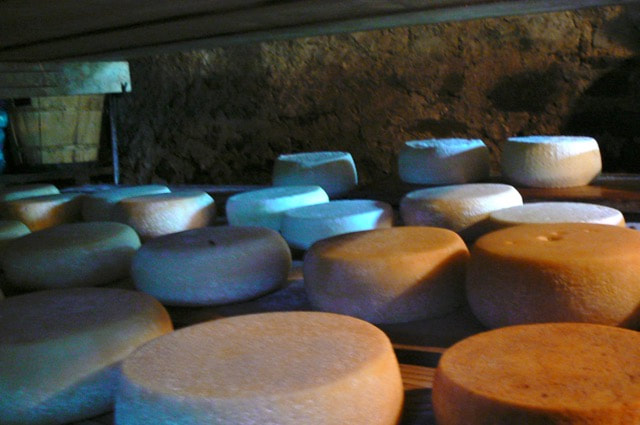
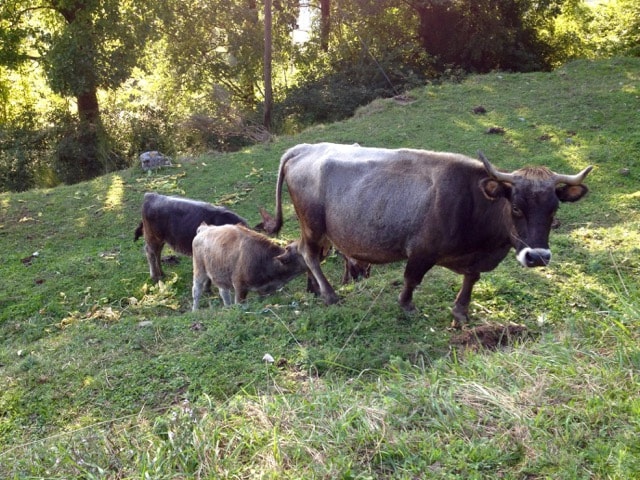
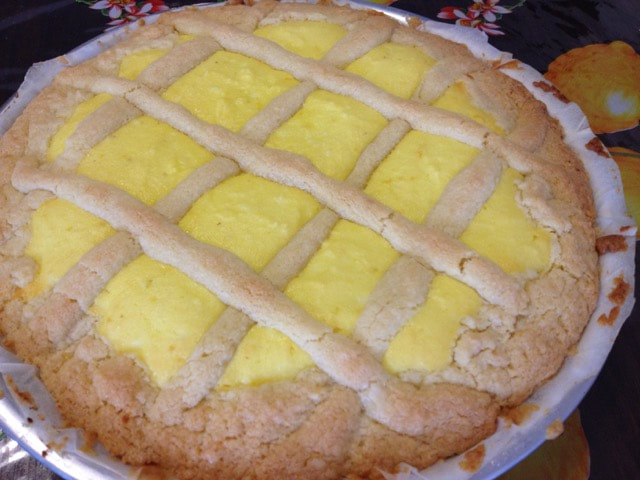
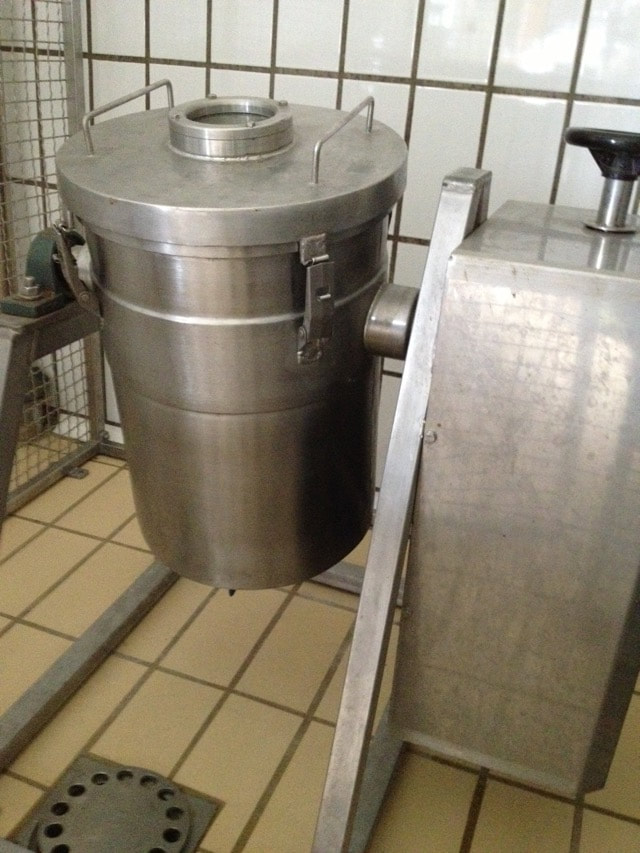
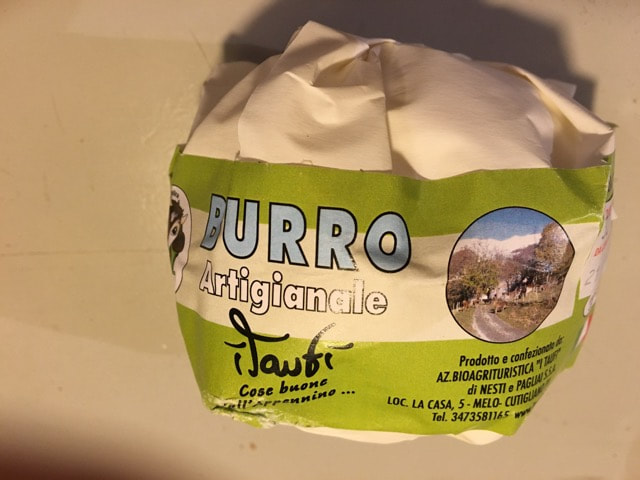
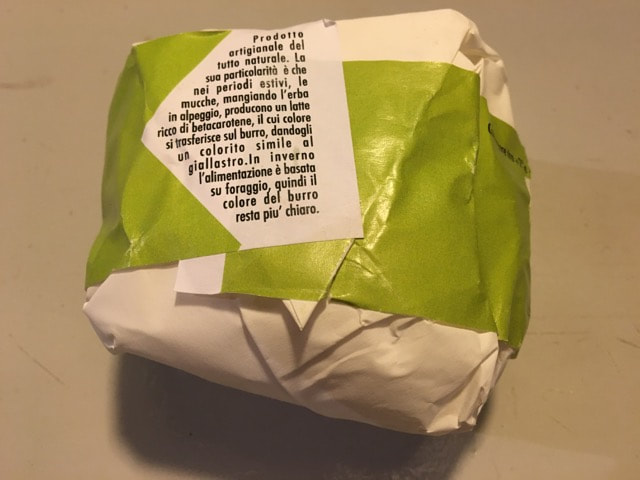
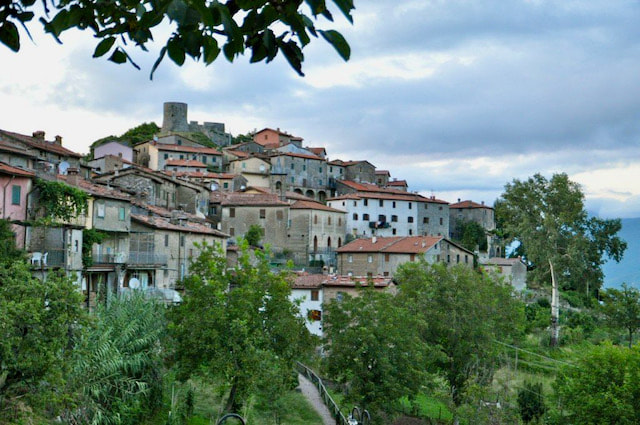
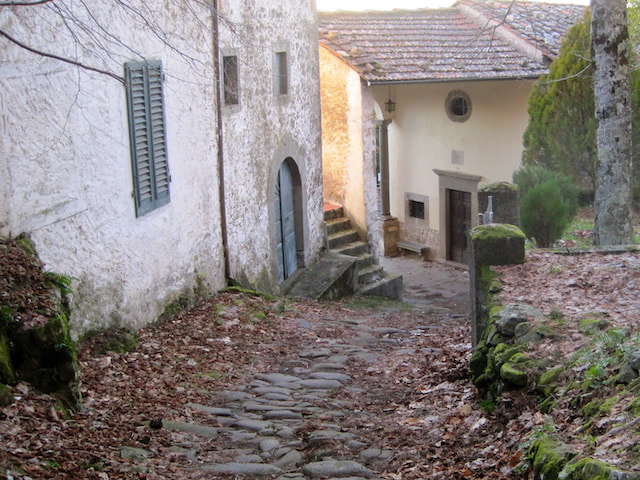
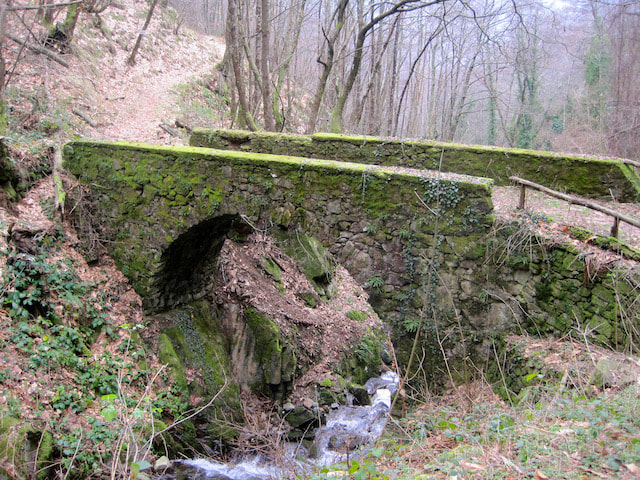
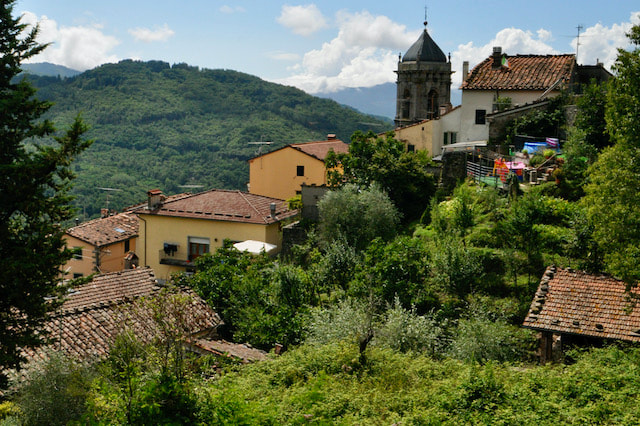
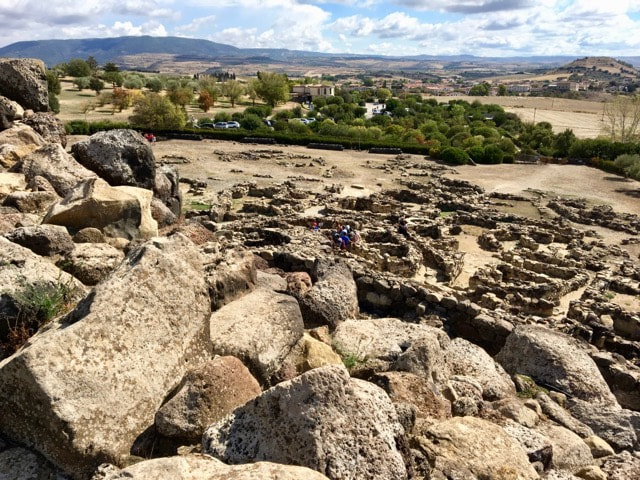
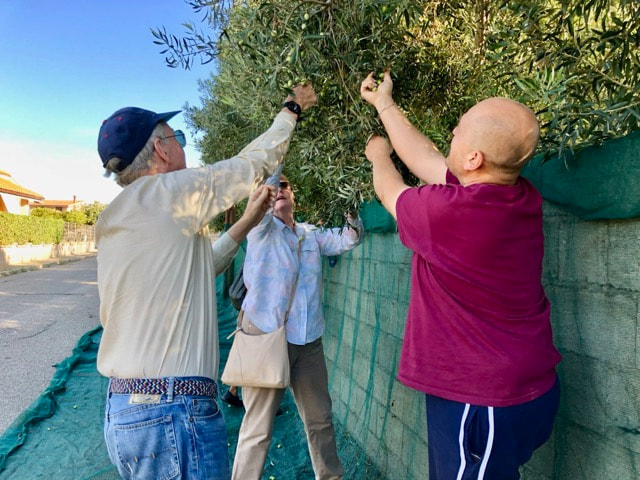
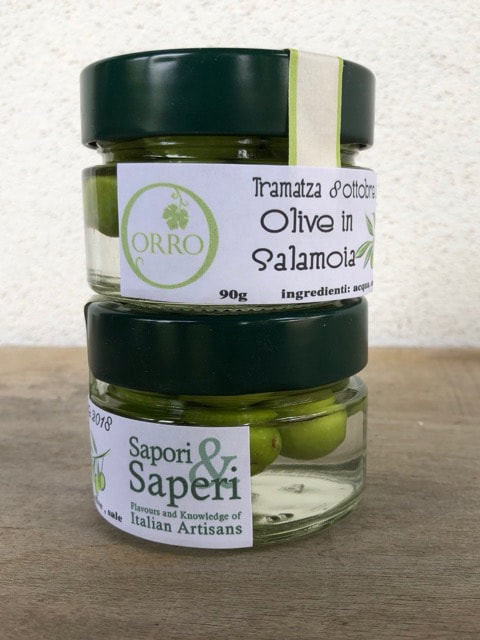
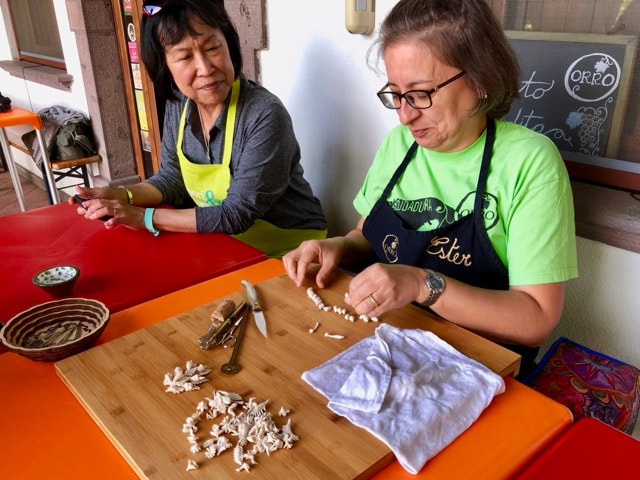
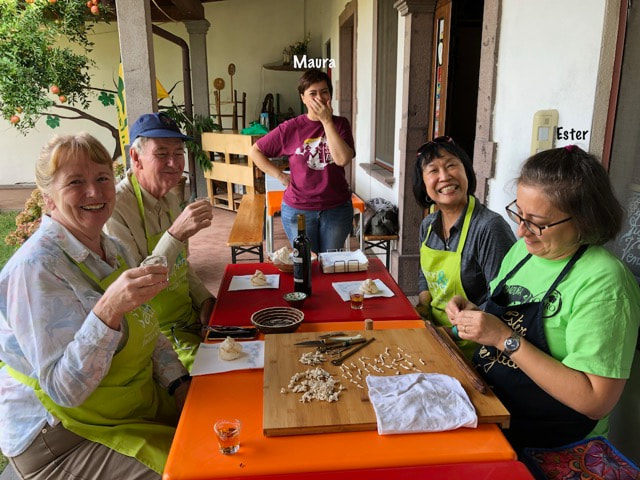
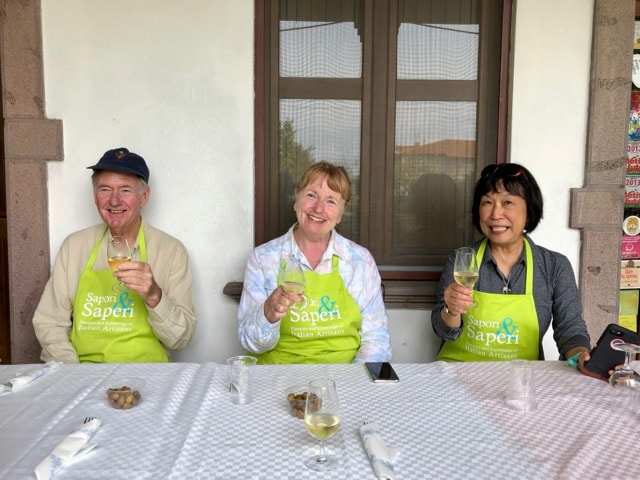
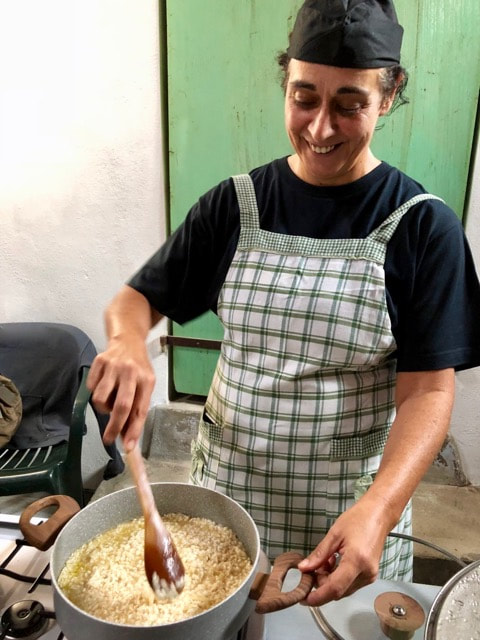
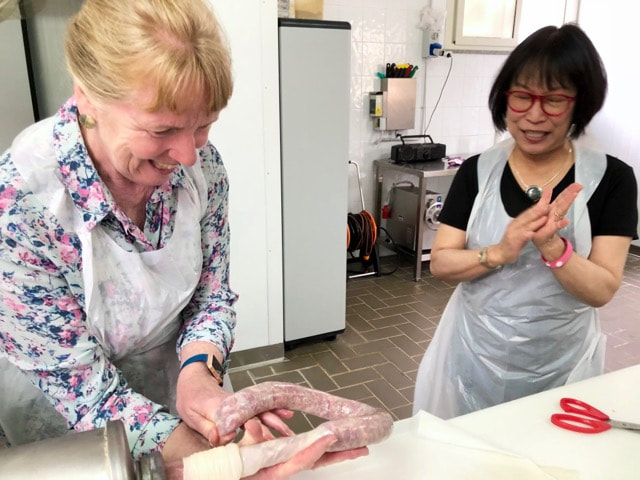
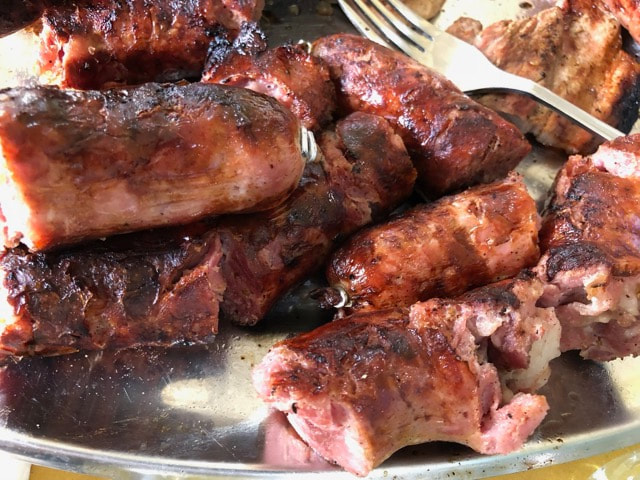
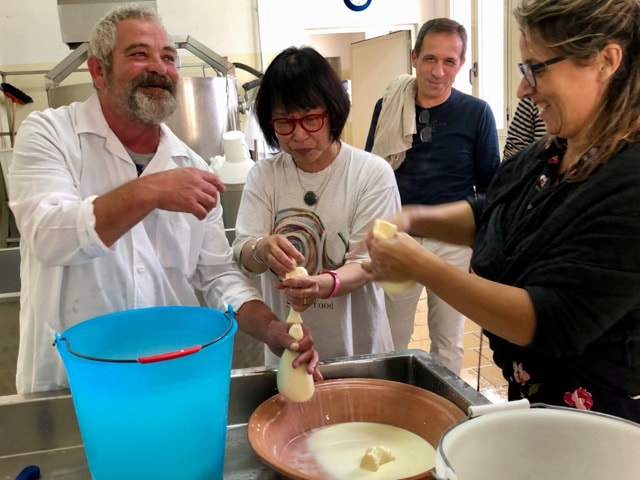
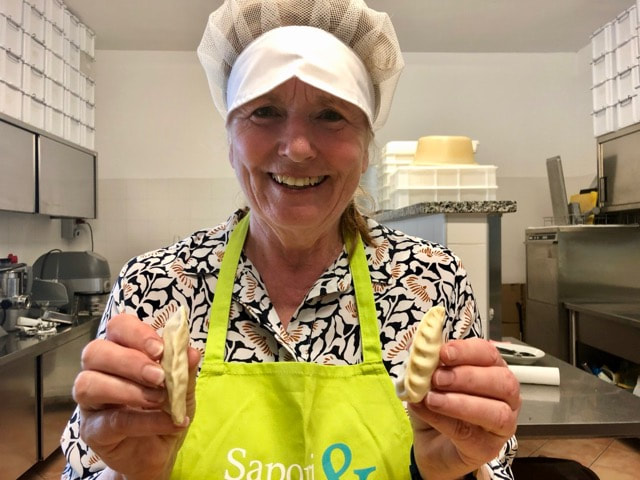
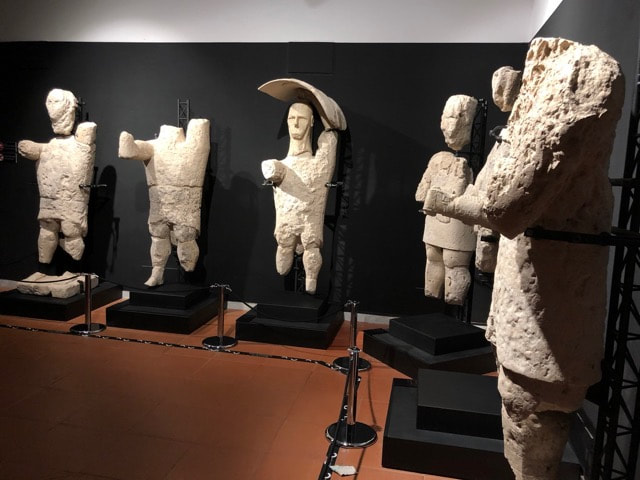
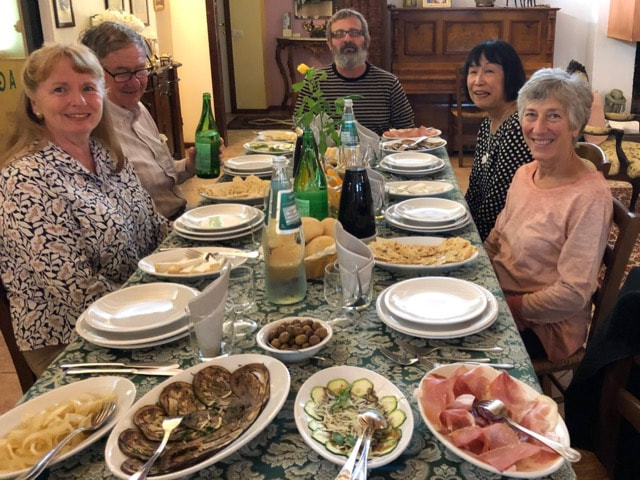
 RSS Feed
RSS Feed



